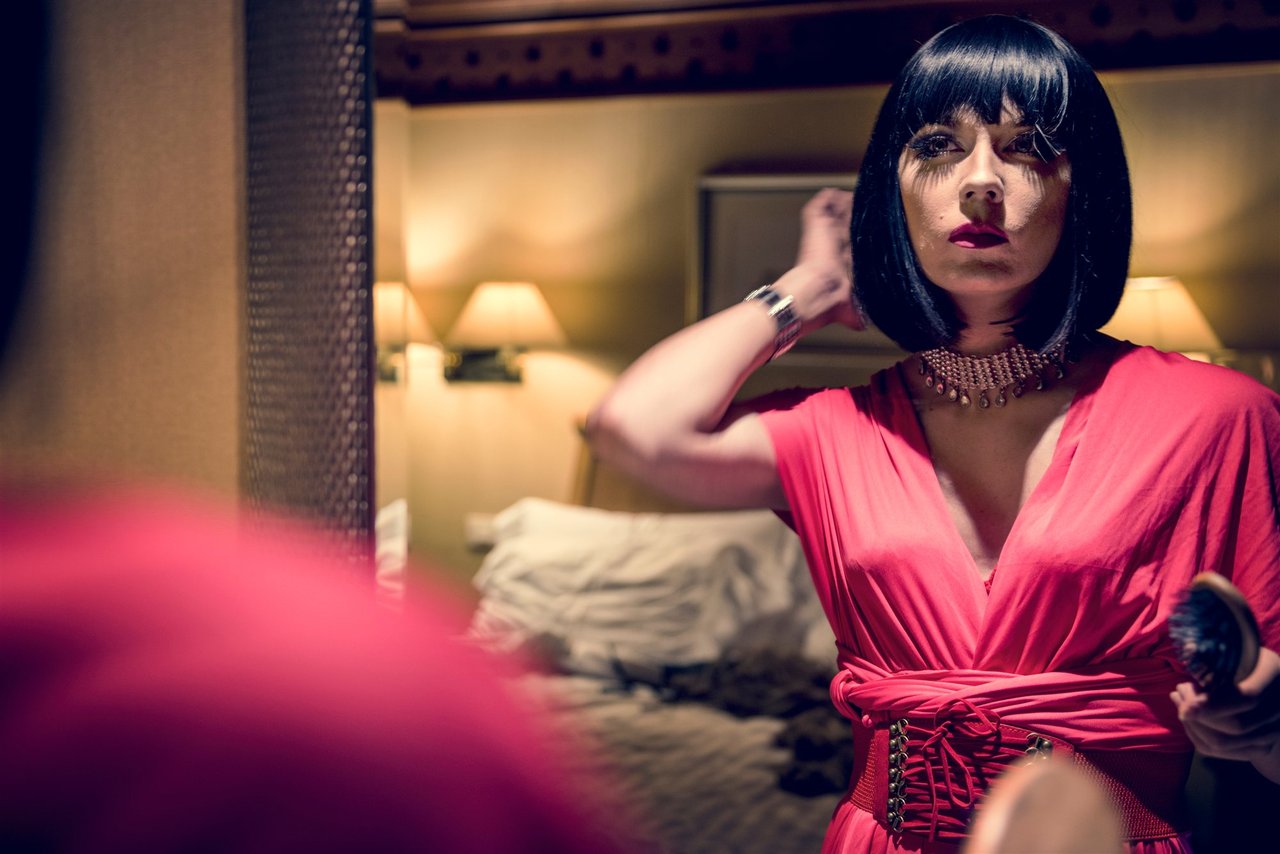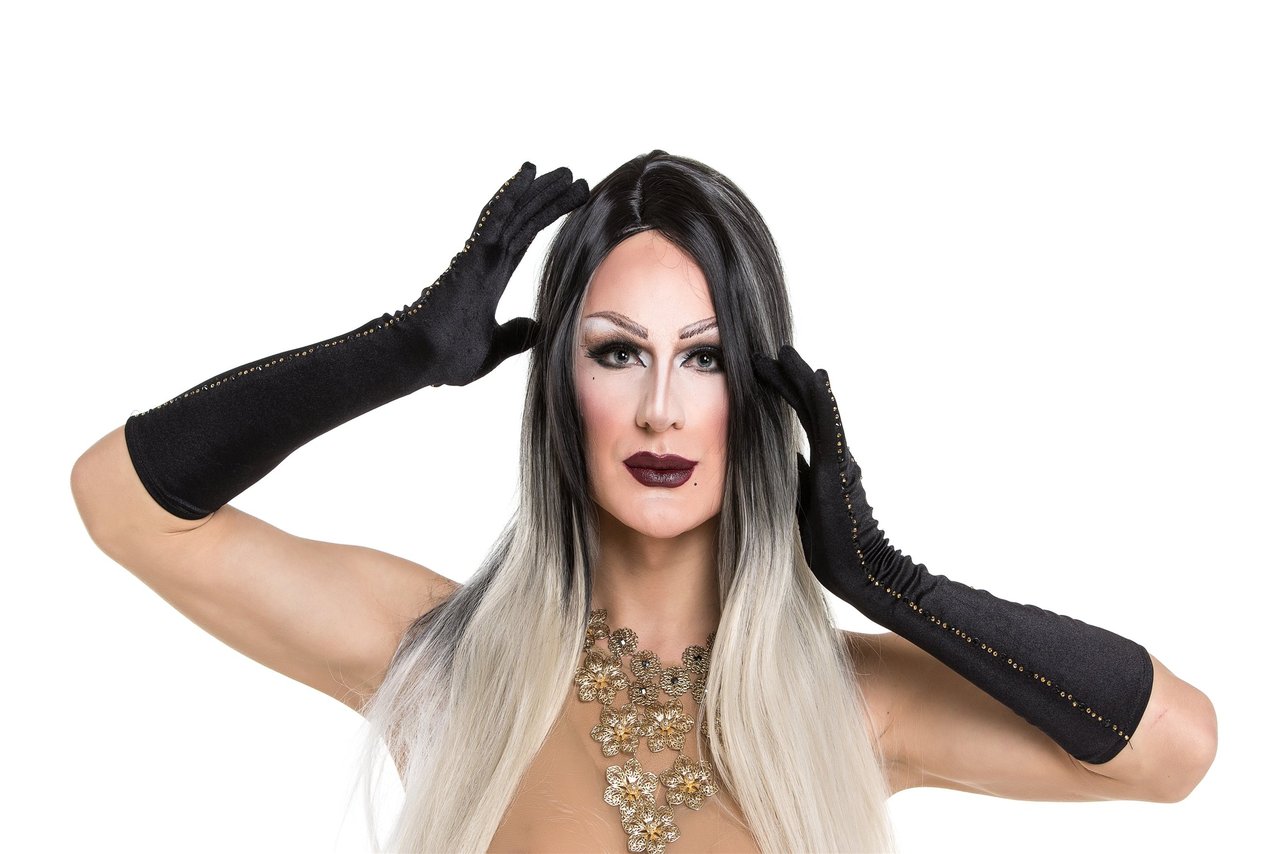What is Queer? Understanding the Modern Meaning and Definition
The word “queer” has taken on many meanings over the years, but its modern use is as an umbrella term for anyone whose identity or experience doesn’t fit neatly into cisgender, heterosexual norms. People in the LGBTQ community often adopt “queer” because it’s open, flexible, and recognizes the messiness and beauty of sexual and gender diversity. When you hear people ask, “what is queer?” what they’re really asking is how a single word can represent so many stories, struggles, and identities. The meaning of queer breaks free from rigid categories—some use it because “lesbian,” “gay,” “bisexual,” or “trans” don’t feel right, or because their experience crosses several boundaries at once.
Calling something “queer” becomes a shorthand for an inclusive, evolving space where self-definition comes first. Even so, the queer definition isn’t about erasing difference; it’s about making room. Whether you feel outside the so-called norm because of attraction, background, relationship structure, or evolving identity, the queer umbrella has space for you. As you come to understand the layers behind the meaning of queer, it helps to see where the word came from in the first place—that’s where queer history steps in.
Queer History: From Slur to Symbol of Pride and Sexual Diversity
Looking back, queer history is complicated, painful, and—ultimately—empowering. The term “queer” started out in the English language centuries ago, originally meaning “strange” or “peculiar.” By the late 19th and early 20th centuries, it evolved into a slur against people seen as not following sexual or gender norms. Older generations still carry the sting, recalling a time when queer was a weapon meant to shame, not uplift.
That’s only part of queer terminology’s story. By the end of the 20th century, especially from the 1980s onward, activists and LGBTQ circles began reclaiming “queer.” It shifted from insult to self-identifier, signaling membership in a group unafraid of sexual diversity. This reclamation started in response to the limitations of old labels and the need for a term wide enough to hold nonbinary identities, asexual orientations, and evolving relationship styles—anyone not strictly cisgender and heterosexual.
The evolution of usage is ongoing. “Queer” today often signals pride, community resilience, and the right to define yourself. The next step in understanding is seeing how marginalized people, through political and social action, turned queer into a tool for belonging rather than exclusion.
Reclaiming Queer: How the Word Became Empowering and Inclusive
Every generation looks for language to fit their lives, and reclaiming queer is about exactly that. The LGBTQ community didn’t want to leave a word to their bullies—they wanted to make it their own. Through protest, art, and everyday solidarity, reclaiming queer became a political and personal act, especially in the wake of the AIDS crisis and the rise of LGBTQ activism.
Inclusive community spaces adopted “queer” because it felt bigger than box-checking. It’s a way of saying: if you don’t fit, you still belong. Identity evolution plays a huge role here. As people discovered more about themselves, old ideas of fixed sexuality or binary gender no longer fit. Instead, queer signaled freedom to change, question, and grow. Now, “queer” on a dating profile or in conversation often means someone isn’t pinning themselves to just one letter of the LGBTQ acronym.
What started as resistance is now empowerment. This ongoing shift still faces backlash and misunderstanding, but it symbolizes courage—the willingness to live out loud in a society that’s still learning to listen. That’s the heart of why “queer” matters so much in queer identity today.


